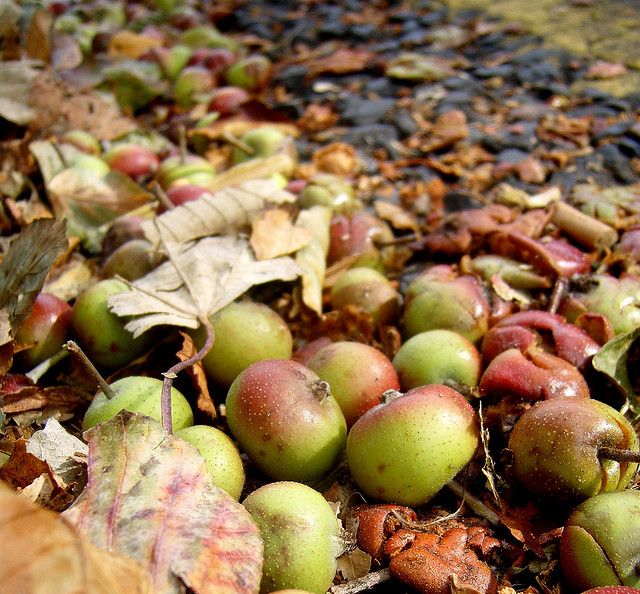
Turning food waste into fuel is not a new idea, but it is one that is finally starting to catch on in a big way. A growing number of wastewater treatment plants across the country are participating in the effort to recycle food waste and produce biogas.
Traditionally, food waste is composted to produce a useful end product, but there is increasing interest in the use of anaerobic digesters to convert the food into biogas fuel. About 860 sewage treatment plants in the US produce biogas using anaerobic digestion, but most of these only use sewage for the purpose. The plants use the gas they make to help power their operations.
California’s East Bay Municipal Utility District was the first sewage treatment plant to add food waste to the mix in 2002. As of 2012, the utility district became the first to generate more energy than it needs and actually sold about a million dollars in surplus electricity to the grid last year.
Connecticut and Vermont have banned commercial food waste from landfills and Massachusetts will impose strict new food waste disposal regulations this fall. Recycling food waste is steadily growing in the residential sector as well. 183 communities in 18 states now offer curbside food waste collection.
Waste management companies and communities across the United States are looking for ways to harvest energy from food that otherwise would rot in landfills and emit methane gas. For economic and environmental reasons, recycling food waste is the right thing to do.
**********
.
Web Links
On Front Lines of Recycling, Turning Food Waste into Biogas
Photo, posted September 22, 2009, courtesy of James Bowe via Flickr.
.
Earth Wise is a production of WAMC Northeast Public Radio.